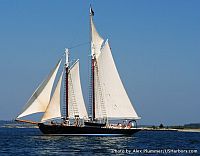 Last July, I was pleased, and more than a bit surprised, to see a play in New York City about a shipyard. It was Off-Broadway and only a two man play, but nevertheless, it was about a shipyard. The play, The Boat Factory, which I described in my review as “a complicated love story” was about two men’s relationship with the Harland and Wolff shipyard in Belfast. Now, wonder of wonders, there is a Broadway musical featuring the rock star, Sting, no less, with a similar theme — a tribute to the shipyard, Swan Hunter, and the way of life that grew around it on Tyneside.
Last July, I was pleased, and more than a bit surprised, to see a play in New York City about a shipyard. It was Off-Broadway and only a two man play, but nevertheless, it was about a shipyard. The play, The Boat Factory, which I described in my review as “a complicated love story” was about two men’s relationship with the Harland and Wolff shipyard in Belfast. Now, wonder of wonders, there is a Broadway musical featuring the rock star, Sting, no less, with a similar theme — a tribute to the shipyard, Swan Hunter, and the way of life that grew around it on Tyneside.
The musical is “The Last Ship” with music and lyrics by the 16-time Grammy Award-winning singer Sting; a book by the Tony Award-winning author, John Logan, and the Pulitzer Prize winning, Brian Yorkey, choreography by Olivier Award winner Steven Hoggett; and directed by the two time two-time Tony Award winner Joe Mantello. The musical is expected to open in the Fall of 2014 at the at the Neil Simon Theatre, in New York City. from The Last Ship website:
THE LAST SHIP is set in the English seafaring town of Wallsend, a close-knit community where life has always revolved around the local shipyard and the hardworking men construct magnificent vessels with tremendous pride. But Gideon Fletcher dreams of a different future. He sets out to travel the world, leaving his life and his love behind. When Gideon returns home 14 years later, he finds the shipyard’s future in grave danger and his childhood sweetheart engaged to someone else. As the men of Wallsend take their future into their own hands and build a towering representation of the shared dream that defines their existence, Gideon realizes that he left behind more than he could have ever imagined.
THE LAST SHIP is a portrait of a community so bound together by passion, faith and tradition, they’ll stop at nothing to preserve the only life they’ve ever known.
Continue reading →
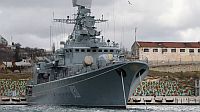 Update: Reports of the defection of the frigate Hetman Sahaidachny are being denied by the Ukrainian military. The ship is reported to have be sighted in port in Crete still flying the Ukrainian flag.
Update: Reports of the defection of the frigate Hetman Sahaidachny are being denied by the Ukrainian military. The ship is reported to have be sighted in port in Crete still flying the Ukrainian flag.
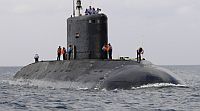
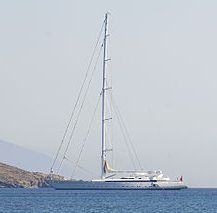
 Last July, I was pleased, and more than a bit surprised, to see a play in New York City about a shipyard. It was Off-Broadway and only a two man play, but nevertheless, it was about a shipyard. The play,
Last July, I was pleased, and more than a bit surprised, to see a play in New York City about a shipyard. It was Off-Broadway and only a two man play, but nevertheless, it was about a shipyard. The play, 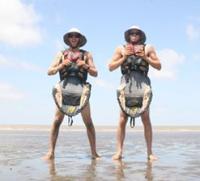
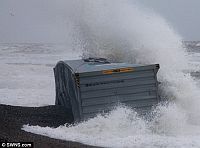 Last Wednesday,
Last Wednesday, 
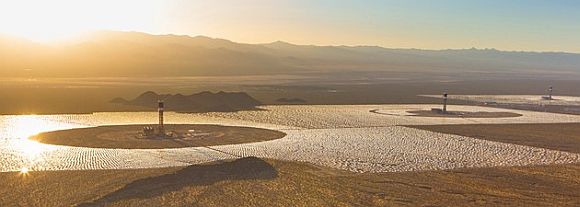
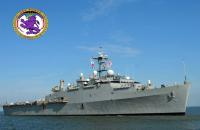 The Navy plans to deploy its first laser weapons on the
The Navy plans to deploy its first laser weapons on the 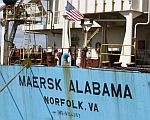
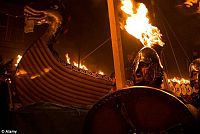 Some are predicting that the world will end Saturday, February 22, 2013, with
Some are predicting that the world will end Saturday, February 22, 2013, with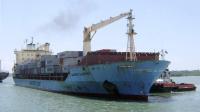 It is being reported that two American security guards, both former Navy SEALs, have been found dead on the Maersk Alabama while in Port Victoria, in the Seychelles. The men have been identified as Jeffrey Reynolds and Mark Kennedy, both 44, employees for the Trident Security Firm. Police said the cause of death will be determined by autopsies.
It is being reported that two American security guards, both former Navy SEALs, have been found dead on the Maersk Alabama while in Port Victoria, in the Seychelles. The men have been identified as Jeffrey Reynolds and Mark Kennedy, both 44, employees for the Trident Security Firm. Police said the cause of death will be determined by autopsies.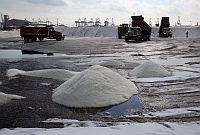
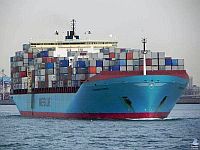 Maersk Lines
Maersk Lines
